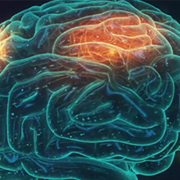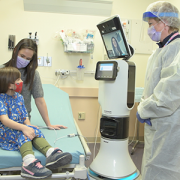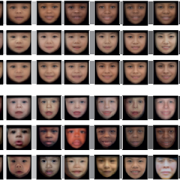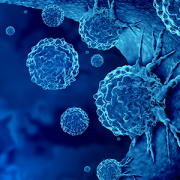LIFU successfully delivers targeted therapies past the blood-brain barrier
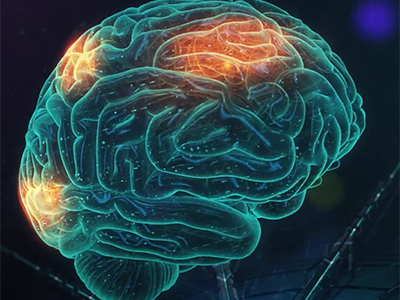
LIFU offers doctors the first opportunity to open the blood-brain barrier and treat the entire malignant brain tumor.
Children’s National Hospital will leverage low-intensity focused ultrasound (LIFU) to deliver therapy directly to a child’s high-grade glioma. The approach offers doctors the first opportunity to open the blood-brain barrier and treat the entire malignant brain tumor.
Children’s National will be the first hospital in the U.S. to treat high-grade pediatric brain tumors with LIFU to disrupt the blood-brain barrier. Crossing it has been a major hurdle for effective therapy. The barrier, a network of blood vessels and tissue, prevents harmful substances from reaching the brain but also stops molecular targeted therapy and immunotherapy from getting into the tumor site and staying there.
“LIFU gives us a way to potentially transiently open up the barrier, so we can deliver novel therapy directly to the tumor and improve the likelihood of survival,” said Roger Packer, M.D., senior vice president of the Center for Neurosciences and Behavioral Medicine at Children’s National. “It is the greatest breakthrough we’ve potentially had in the past 50 years or more for the management of these tumors. We made great strides in our understanding of molecular genetics and the molecular drivers of tumors, but we have not yet translated that knowledge into better therapies; this may be our most effective mechanism to overcome the barrier.”
In 2020, Children’s National was recognized as the first worldwide Center of Excellence by the Focused Ultrasound Foundation.
Focused ultrasound (FUS) is a non-invasive therapeutic technology with the potential to transform the treatment of many medical disorders by using ultrasonic thermal energy to specifically target tissue deep in the body. The technology can treat without incisions or the need of radiation.
How it works
Doctors at Children’s National will be using LIFU in two different types of procedures:
- 5-ALA: Doctors will give the patient 5-aminolevulinic acid (5-ALA) with the LIFU treatment. 5-ALA enters rapidly dividing cells and is activated by the ultrasound to a state where it kills the dividing cells of the tumor. The surrounding normal brain cells around the tumor are not dividing, so they do not take up the 5-ALA and are left unharmed after ultrasound therapy.
- Microbubbles: While receiving different doses of LIFU over a one- to two-hour period, the patient is given “microbubbles,” which are widely used in medical imaging and as carriers for targeted drug delivery. These microbubbles bounce around against the walls like seltzer, opening the blood vessels and transiently opening that space.
Both studies are the first in the world for pediatric gliomas of the brain stem, allowing experts to treat patients 4-6 weeks after radiotherapy. The patient then receives medication orally or intravenously as it passes through the bloodstream. It does not go at high levels anywhere within the brain except where the blood-brain-barrier was opened, allowing oral medication or immune therapies to rush into the tumor.
The launch of this program comes a few months after the hospital successfully performed the first-ever high-intensity focused ultrasound surgery on a pediatric patient with neurofibromatosis.
Watch this video to learn more.


